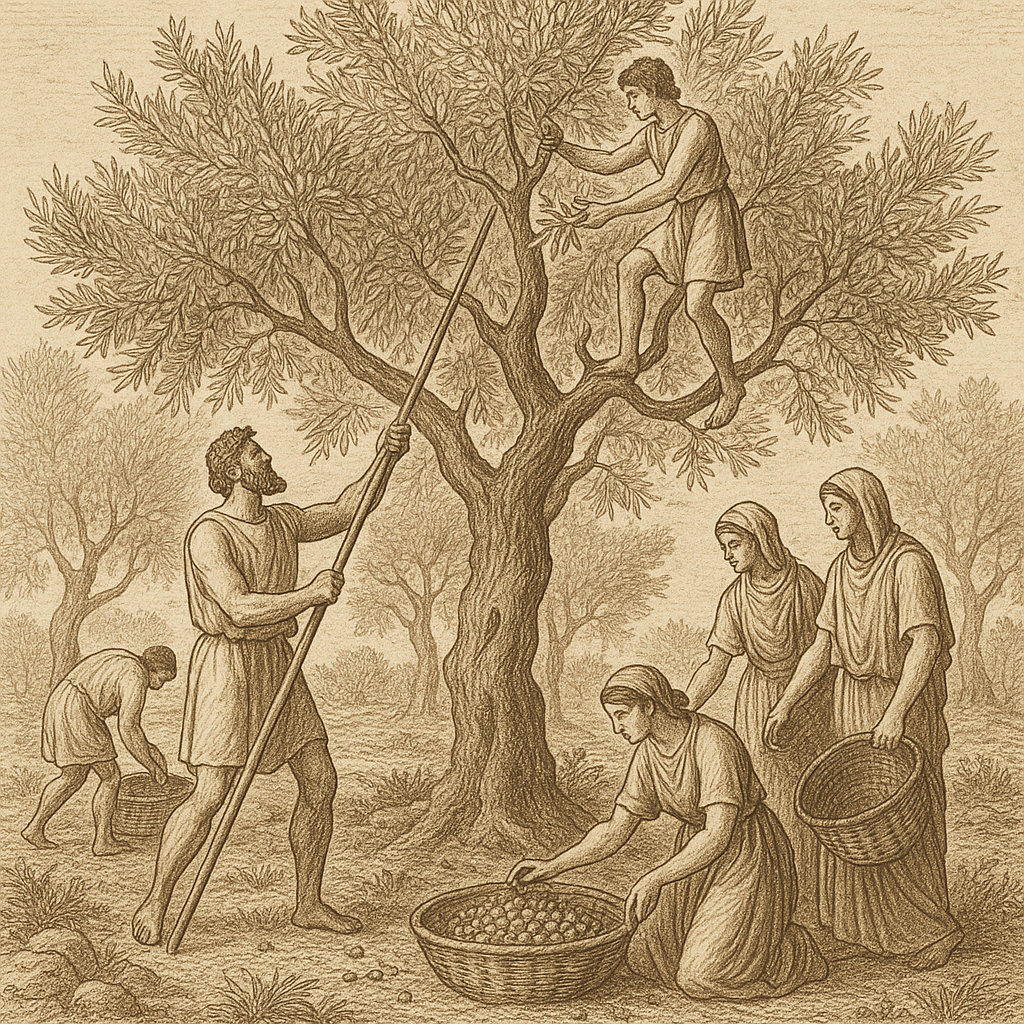Think of olives, and visions of sun-soaked Italian countryside or breezy Greek islands likely spring to mind. But what if we told you those famous olive trees lining the Mediterranean didn’t originally sprout in Rome or Athens, but instead in the ancient Levant—specifically, in what's now Jordan?
Roots Run Deep: The True Origin Story
Historically, most people believed the Romans spread olive cultivation from Greece and Italy to the eastern Mediterranean. Yet recent archaeological research has flipped this narrative on its head. It turns out olive trees were flourishing in Jordan thousands of years before Roman legions marched across Europe.

Archaeologists have unearthed compelling evidence in Jordan dating olive cultivation back to as early as 5400 BCE. Excavations at archaeological sites like Teleilat Ghassul and other areas around the Jordan Valley have revealed ancient olive pits and pressing equipment, indicating systematic cultivation and oil production. These discoveries provide concrete proof that the people of this region not only harvested wild olives but also developed sophisticated agricultural techniques for cultivating olive trees, long before Roman or Greek influence emerged.
Nabali Olives: The Original Taste of History

Among these ancient olives is the Nabali olive, indigenous to Jordan and Palestine. Nabali olives are prized for their robust flavor, meaty texture, and versatility. They’re the olive of choice for traditional Levantine dishes and the star ingredient in Teta's Olives snacks, delivering an authentic taste straight from the original olive heartland.
When you enjoy Nabali olives, you're savoring more than just a snack, you're tasting history itself!
How Did Olives Reach Greece and Italy?
Around 1500 BCE, maritime traders and later Roman expansion carried these olives westward, planting them across Greece and Italy. The Romans adored olives, using them extensively for food, oil, and even religious rituals. Olive cultivation exploded across the Mediterranean, but the genetic roots remained tied back to their ancestral home in Jordan.

Jordan: An Unsung Olive Hero
Today, Jordan continues this ancient legacy. The olive tree remains a vital symbol of heritage, tradition, and prosperity in Jordanian culture. Families still gather annually for the olive harvest, a joyful, multi-generational tradition where everyone contributes.
At Teta's Olives, we're proud to bring this piece of ancient history directly to you. Every Nabali olive in our snacks carries with it thousands of years of tradition, lovingly harvested from trees whose ancestors first spread their roots in Jordan's fertile soil.
The Olive Revolution: Rewriting History
So next time you bite into an olive, remember its remarkable journey. From ancient groves in Jordan, across the sea to Greece and Italy, and now onto your table. History never tasted so delicious!
Sources:
-
Zohary, D., Hopf, M., & Weiss, E. (2012). Domestication of Plants in the Old World. Oxford University Press.
-
"Olive Oil Production and Consumption in Iron Age Levant." (2020). Journal of Archaeological Science.
-
Al-Hiary, H. (2021). "The Nabali Olive: Heritage and Significance in Jordanian Culture." Jordan Journal of Agricultural Sciences.


